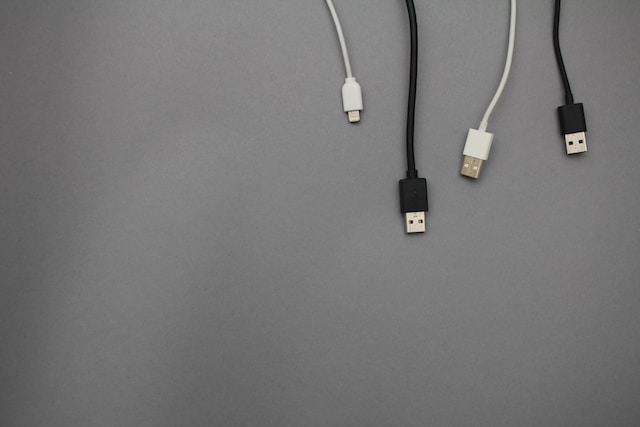In the ever-evolving world of electronics, there’s one type of connector that has stood the test of time and remains a fundamental component of countless devices and systems: the D Sub connector. While it may not be as flashy as the latest wireless technologies or USB-C connectors, the D-Sub connector plays a crucial role in facilitating connections between various components in both consumer and industrial applications. In this blog, we’ll delve into the world of D-Sub connectors, exploring their history, applications, and why they continue to be relevant in our fast-paced digital age.
The Origins of the D-Sub Connector
The term “D-Sub” stands for “D-shaped subminiature connector,” and it originated from the connector’s characteristic D-shaped metal shield. These connectors were first introduced by Cannon (now ITT Cannon) in the 1950s, and their design was aimed at providing a rugged and reliable connection solution for a wide range of applications.
Over the years, D-Sub connectors have evolved, with various subtypes emerging, including DB9, DB15, DB25, and even larger variations like DB37 and DB50. Each of these connectors is named according to the number of pins or contacts they contain, and they come in different configurations and orientations.
Versatility in Connectivity
D-Sub connectors have maintained their relevance due to their exceptional versatility. They are available in both male and female versions, and their pin counts range from as low as 9 pins to as high as 50 pins. These connectors can be found in a multitude of configurations, including standard, high-density, and mixed-layout options, making them suitable for a vast array of applications.
Common D-Sub Connector Types:
- DB9: This connector has 9 pins and is often used for serial communication and analog video connections.
- DB15: With 15 pins, this connector is frequently employed in VGA video connections and various industrial applications.
- DB25: Featuring 25 pins, the DB25 connector has been popular for parallel printer connections and other data transfer tasks.
- DB37 and DB50: These connectors provide even more pins for complex applications and are commonly used in industrial control systems and custom applications.
D-Sub Connector Applications
The versatility of D-Sub connectors extends to the vast range of applications they serve. Here are some common examples:
- Computer Peripherals: D-Sub connectors were once the standard for connecting monitors, printers, and external devices to computers. While other interfaces like HDMI and USB have become more prevalent, D-Sub connectors can still be found in legacy hardware.
- Industrial Automation: D-Sub connectors are widely used in industrial automation and control systems, where they provide reliable connections for sensors, motors, and other equipment.
- Aerospace and Military: The durability of D-Sub connectors makes them a preferred choice in aerospace and military applications, where they must withstand harsh environmental conditions.
- Telecommunications: D-Sub connectors are used in various telecom equipment for connecting switches, routers, and other hardware.
- Custom Electronics: Engineers often use D-Sub connectors in custom electronic designs because of their flexibility and availability in a wide range of pin configurations.
The Future of D-Sub Connectors
In a world where wireless and compact connectors dominate, you might wonder about the future of the D-Sub connector. While it’s true that newer technologies have made their way into the mainstream, the D-Sub connector continues to have a place in the modern electronics landscape.
As long as there are legacy systems, industrial equipment, and custom applications that rely on robust, reliable connections, D-Sub connectors will remain a valuable component in the toolkit of engineers and electronics enthusiasts. Additionally, they are often used as adapters or breakout boards to interface with other connector types or technologies, ensuring their continued relevance.
